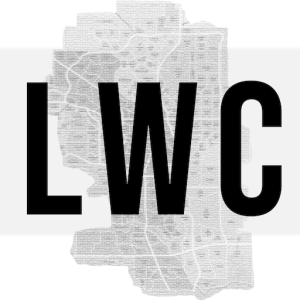“Building the core of the Green Line LRT is essential to supporting Calgary’s growth,” said Mac Logan, General Manager of Transportation for the City of Calgary, in a statement. “This staging recommendation is the right approach for Calgary, today and in the long-term. Stage 1 is ready for construction, demand for the line will only continue to grow, and with the economic downturn, this is the right time to invest in jobs and make this project a reality.”
One of the major factors for the increased cost in building the project revolves around the higher-than-expected cost for acquiring the land required for the ground-level sections of the track and stations.
“We have a unique opportunity now to apply for a significant amount of funding,” he added. “In building the most technically complex piece of the project first, we will be well positioned to expand the line in affordable, incremental pieces as more funding becomes available.”


